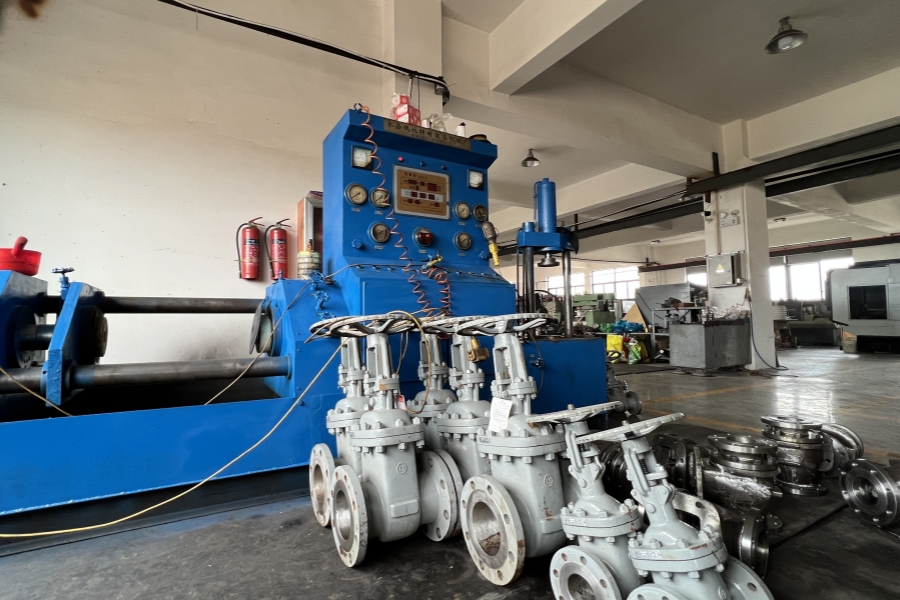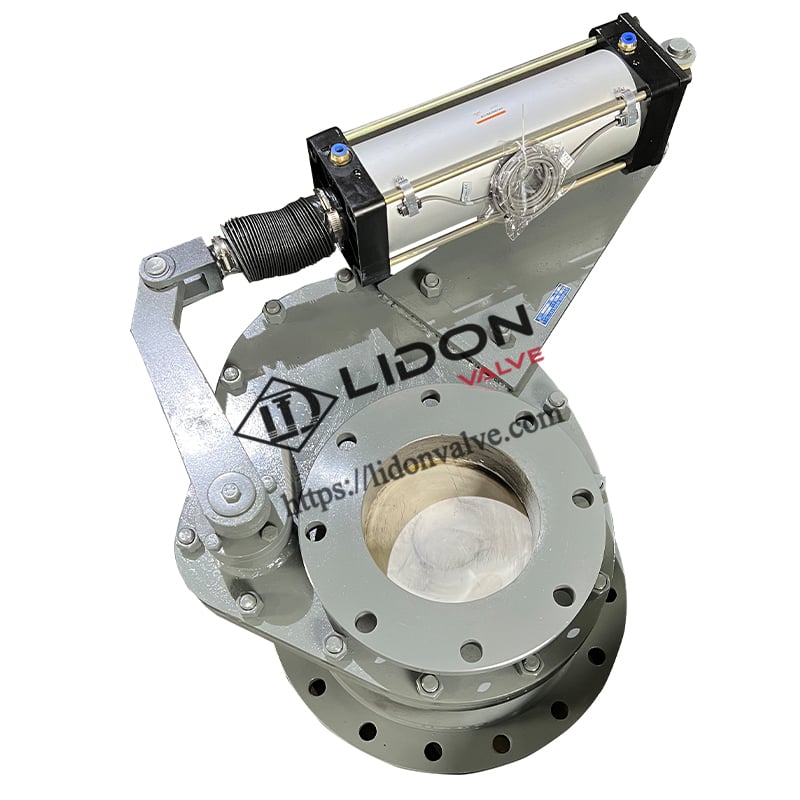Fly ash sorting system
The system employs a single-point feeding closed-loop circulating separation system. Pulverized coal ash from the original ash silo is uniformly discharged into the negative pressure conveying pipeline through an electric feeder (variable frequency speed regulation). The ash mixes evenly with the negative pressure airflow inside the pipe, forming a gas-solid two-phase flow that enters the powder ash particle size separator at the top of the coarse ash silo. In the separator, the original state ash undergoes coarse-fine separation under the action of vortex centrifugal force. The separated coarse ash, guided by the secondary air curtain of the separator, falls into the coarse ash silo through the lower tongue plate lock air valve.
The fine ash separated and the fine ash blown back from the secondary air, under the influence of negative pressure airflow, enter the two-stage high-efficiency cyclone separator at the top of the fine ash silo through the outlet snail shells on both sides of the separator. The fine ash collected by the cyclone separator falls into the fine ash silo through the lower electric flip plate valve. It is evident that this system poses significant wear on valves, and it is recommended to use our company's developed pneumatic ceramic rotary discharge valve to reduce the wear of valves caused by fly ash and extend the valve replacement cycle.

The pneumatic ceramic rotary valve, the main body of the discharge valve, is composed of cast steel and wear-resistant ceramics. It is primarily suitable for the opening and closing of air and ash in fly ash separation systems, and also applicable for other media such as dust, water, oil, steam, etc., with wear and corrosion at the pipe edges. The ceramic rotary discharge valve exhibits excellent sealing performance, high-temperature resistance, strong wear resistance, easy startup, no ash clogging or accumulation, and long service life.


